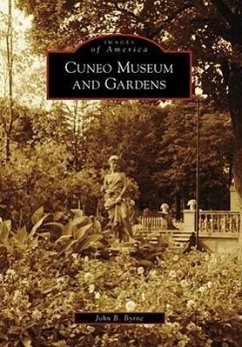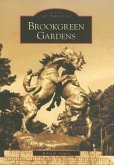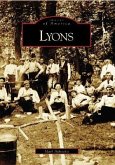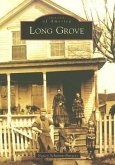In the early 20th century, prominent Chicago businessmen built luxurious manors south of Libertyville, settling into the lifestyle of Old World country squires. Their estates rivaled the affluent residential enclaves of the eastern establishment in size and opulence, but these midwestern palaces were surrounded by acres of fertile fields. Breeding world-class livestock and implementing state-of-the-art agricultural methods, they created showcase farms. After mid-century, as these gentlemen farmers retired and moved away, most of their properties were sold to developers and the mansions razed. Built for utility tycoon Samuel Insull in 1914, and left by printer John Cuneo Sr. to the family foundation in 1990, the Cuneo Museum, with its furnishings, art collections, and manicured grounds, preserves the grandeur of that earlier era.








